It’s easy to treat screenshots as temporary, but many of us never delete them. The danger is that some of them could be a goldmine for hackers, identity thieves, or even just overly curious friends. So, take a minute and scroll through your camera roll to see if any of these screenshots are in there—and then back them up and remove them immediately.
7
Bank Account Balance
Taking a quick screenshot of your bank balance might feel harmless, maybe because you wanted to track your savings progress or confirm a transfer. But those seemingly innocent numbers can be dangerous in the wrong hands.
Banking screenshots often include more than just your balance. You might capture partial account numbers, recent transactions, or even your bank’s logo and app interface. If your phone ever gets lost or hacked, someone could piece together where you bank, how much you have, and how you spend your money.
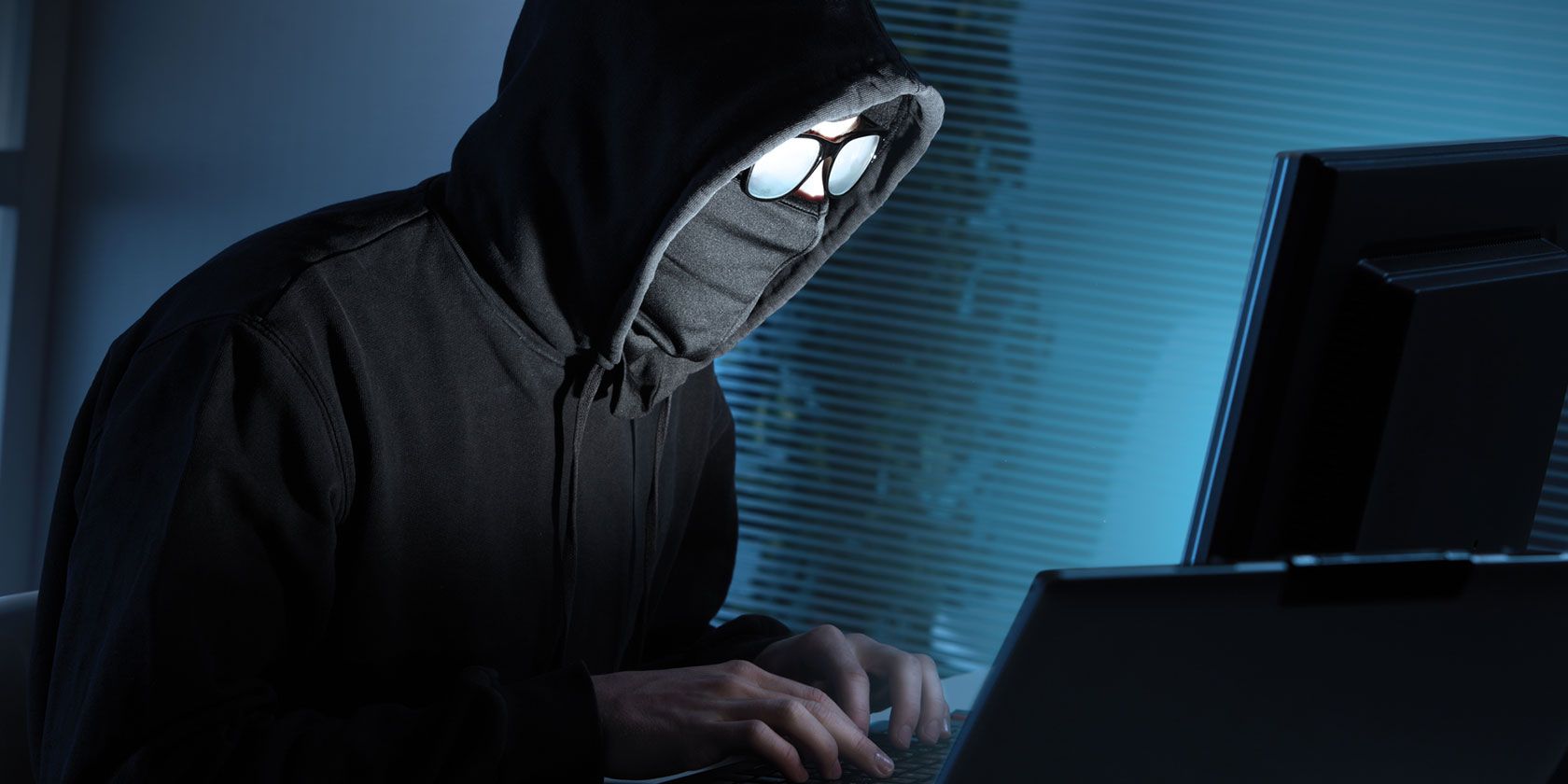
Related
5 Common Methods Hackers Use to Break Into Your Bank Account
Here are ways hackers can access your savings and clear you out—plus how to defend against it.
With this kind of information, cybercriminals can craft convincing phishing messages, impersonate your bank, or even use it as part of a larger identity theft scheme.
Instead of saving these screenshots in your gallery, try using your bank’s built-in tools to export statements or transaction histories securely. If you really must take a screenshot, crop it down to remove personal info and move it to a secure folder. Better yet, delete it once you’re done.
6
Passwords or Login Credentials
Maybe you just set up a new Wi-Fi network and snapped a screenshot of the password. Or you took a picture of your password manager’s vault as a quick reference. Or maybe you screenshot a two-factor authentication (2FA) code before switching devices.
Whatever the reason, stashing your passwords or login details in your photo gallery is asking for trouble. Unlike a proper password manager, your gallery isn’t encrypted, and chances are, a bunch of apps already have permission to access it.
It only takes one app vulnerability, cloud sync breach, or a nosy person with unlocked access to compromise multiple accounts.
5
Government IDs and Travel Documents
If you’ve ever traveled and wanted a backup of your passport, visa, or driver’s license, you’ve probably taken a screenshot for convenience. While that’s understandable, it’s not exactly safe.
These documents contain sensitive personal data: full name, date of birth, nationality, document numbers, and sometimes even your signature or photo. If a hacker gains access to your photo library, they’re walking away with a full identity profile and not just stealing a picture.
It’s also worth noting that travel-related screenshots like boarding passes often include QR codes or barcodes that can be scanned to reveal booking details, frequent flyer numbers, and other travel credentials. In some cases, this data could potentially be used to modify or cancel your reservations.
You’re better off storing these kinds of images in a digital wallet with encryption or a secure folder that requires a password or fingerprint to access. And always remember to delete those images after your trip or once the document is no longer needed.
4
Private Conversations
Saving screenshots of texts, DMs, or emails can feel like second nature, but the rub about that is that they usually carry a lot more baggage. You could be grabbing someone’s phone number, username, or email without even realizing it. The conversation could also be diving into private territory, like personal stories, inside jokes, and work stuff that was never meant to leave the chat bubble.
Now, picture someone casually swiping through your gallery, or worse, your cloud getting compromised and landing on that private exchange. You will agree with me that it’s not ideal. You should also be aware that screenshots can easily be taken out of context, misinterpreted, or used for blackmail or phishing schemes targeting you or the person you were chatting with.
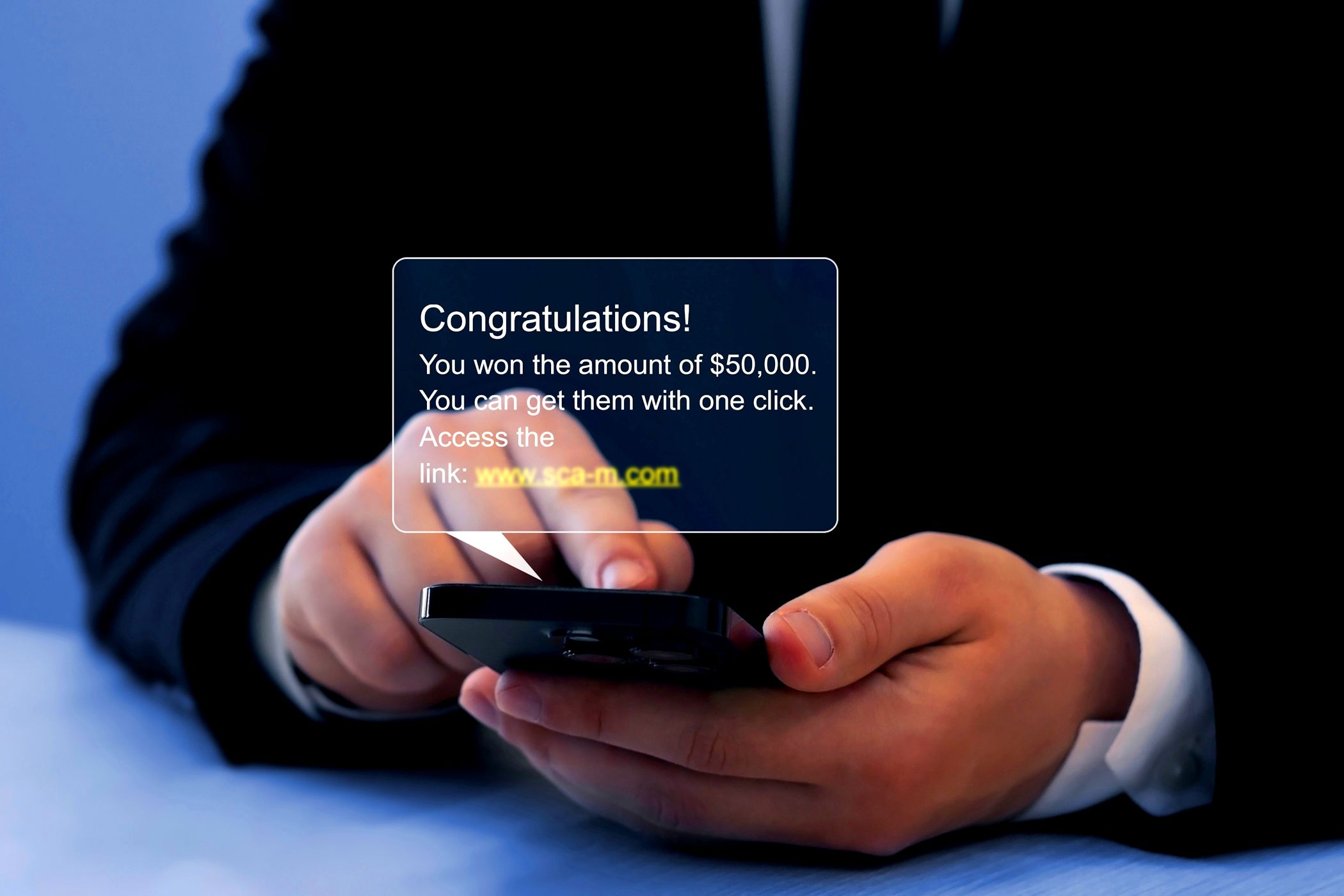
Related
7 Types of Phishing Attacks You Should Know About
There are so many types of phishing attacks, and knowing how to spot them is important.
If you really need to save a message screenshot, do yourself (and the other person) a favor by copying and pasting just the important part into a secure notes app or stripping out the identifying bits and moving it somewhere more secure.
3
Medical Records or Test Results
Health information is deeply personal and shouldn’t be treated casually, more so when it’s in screenshot form. You might have saved a prescription, test result, or even a hospital bill, but the problem with that is that medical records reveal a lot. It can be weaponized in ways you might not expect.
Aside from privacy concerns, medical screenshots can expose names, dates, doctor information, insurance details, and health conditions, potentially giving cybercriminals a head start. If shared, this can expose you to scams, blackmail, discrimination, or just plain embarrassment.
If you need access to your health information on the go, it’s safer to use your healthcare provider’s official app, which is likely to have built-in privacy protections.
Screenshots of order confirmations, event tickets, or purchase receipts are also often packed with the details that criminals can use in some malicious ways. QR codes and barcodes in e-tickets are especially risky. If someone gets access to that image, they could scan the code and use it before you do. They might even resell screenshots of e-tickets online before you, the original owner, realizes what’s happened.
So, for events and bookings, it’s often smarter to print a hard copy and stash it in your bag or wallet, especially if you’re headed somewhere with spotty cell service. You can also add tickets to your phone’s official wallet app (like Apple Wallet or Google Wallet), which protects them behind your device’s lock screen and security settings.
For online shopping receipts or confirmations, consider forwarding the email to yourself with an unassuming custom subject line and then stashing them in a designated folder in your inbox. That way, they’re easy to find when you need them, and not sitting wide open in your camera roll for any nosy app to peek at.
1
Work Documents
Work-related screenshots can leak sensitive company information, project details, or client data. Even seemingly dull content might show names, login portals, or unannounced initiatives that could violate non-disclosure agreements (NDAs) or data protection policies.
Not only could this get you in trouble with your employer, but if your phone ever gets compromised, the breach could extend far beyond your personal data.

Related
How I Quickly Delete Screenshots From My Android Phone
MacroDroid makes it easy.
Screenshots are incredibly convenient, but with that convenience comes responsibility. If you wouldn’t want something shown on a projector in a crowded room, it probably doesn’t belong in your camera roll. Set a monthly reminder to clean out your screenshots folder, and consider using secure storage for anything even remotely sensitive.


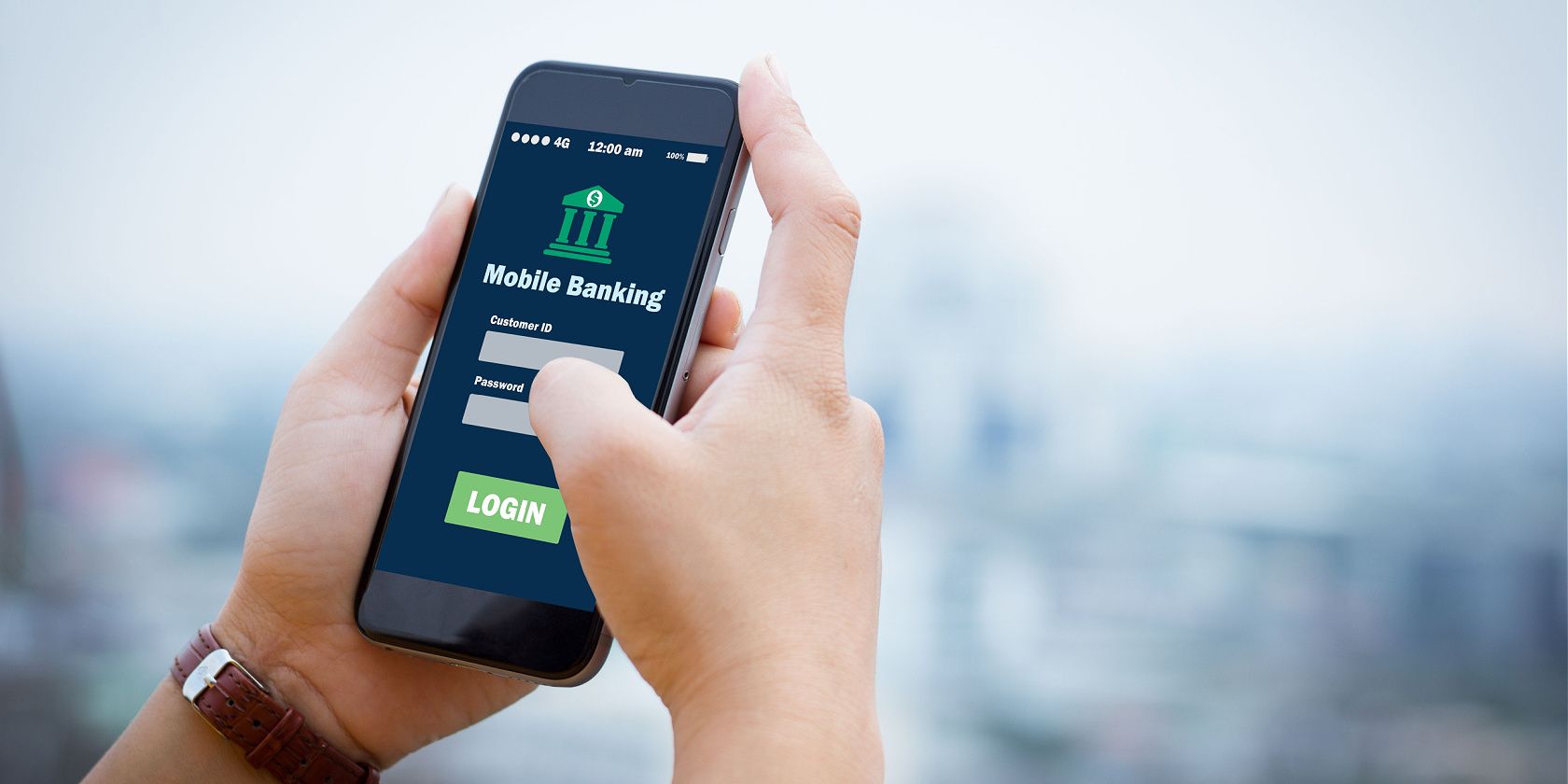
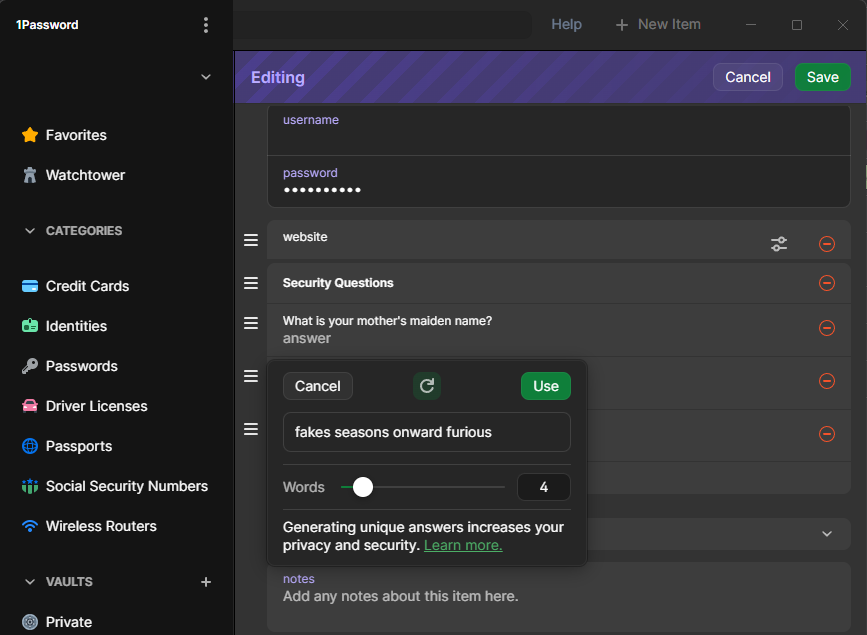
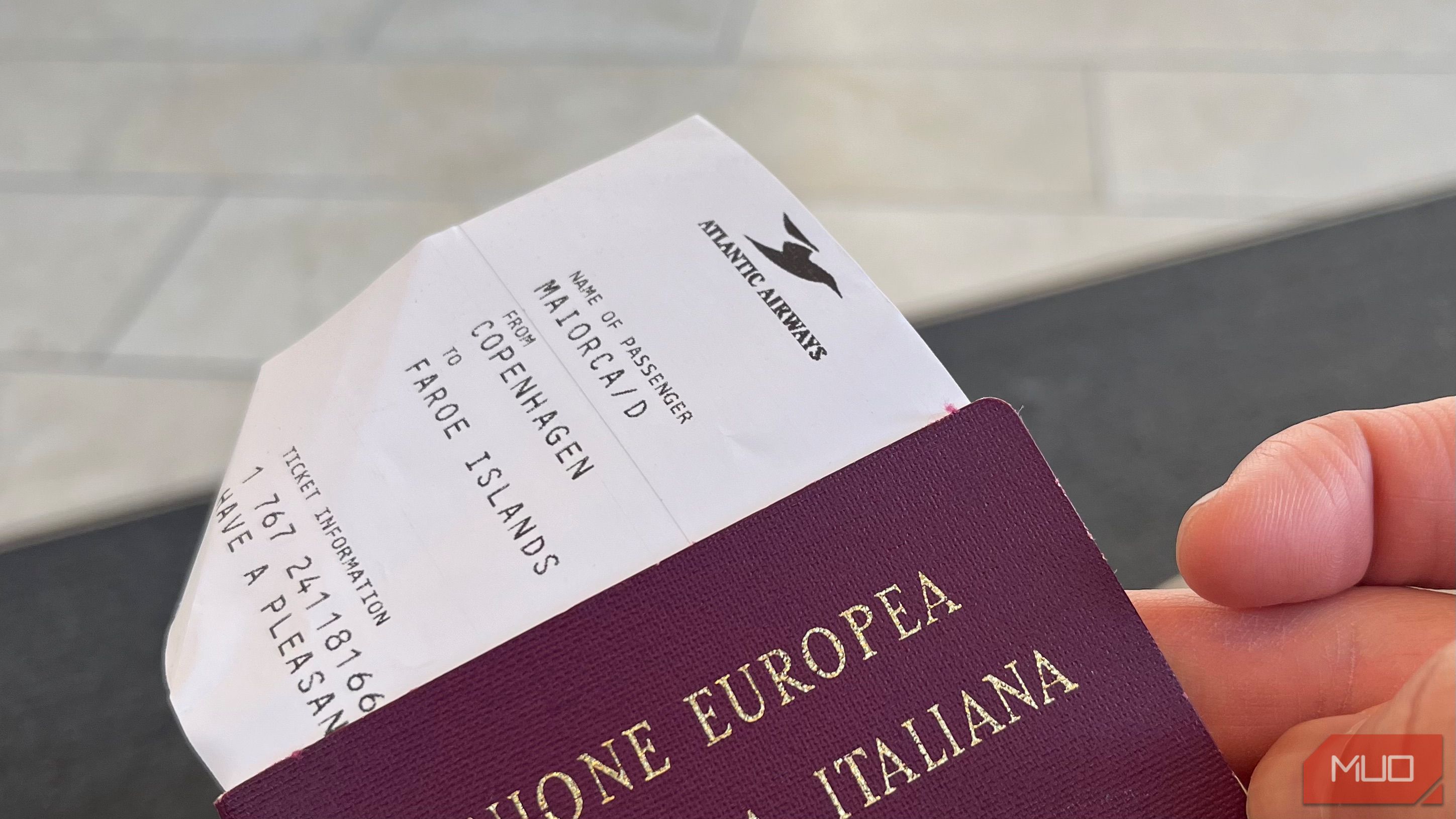
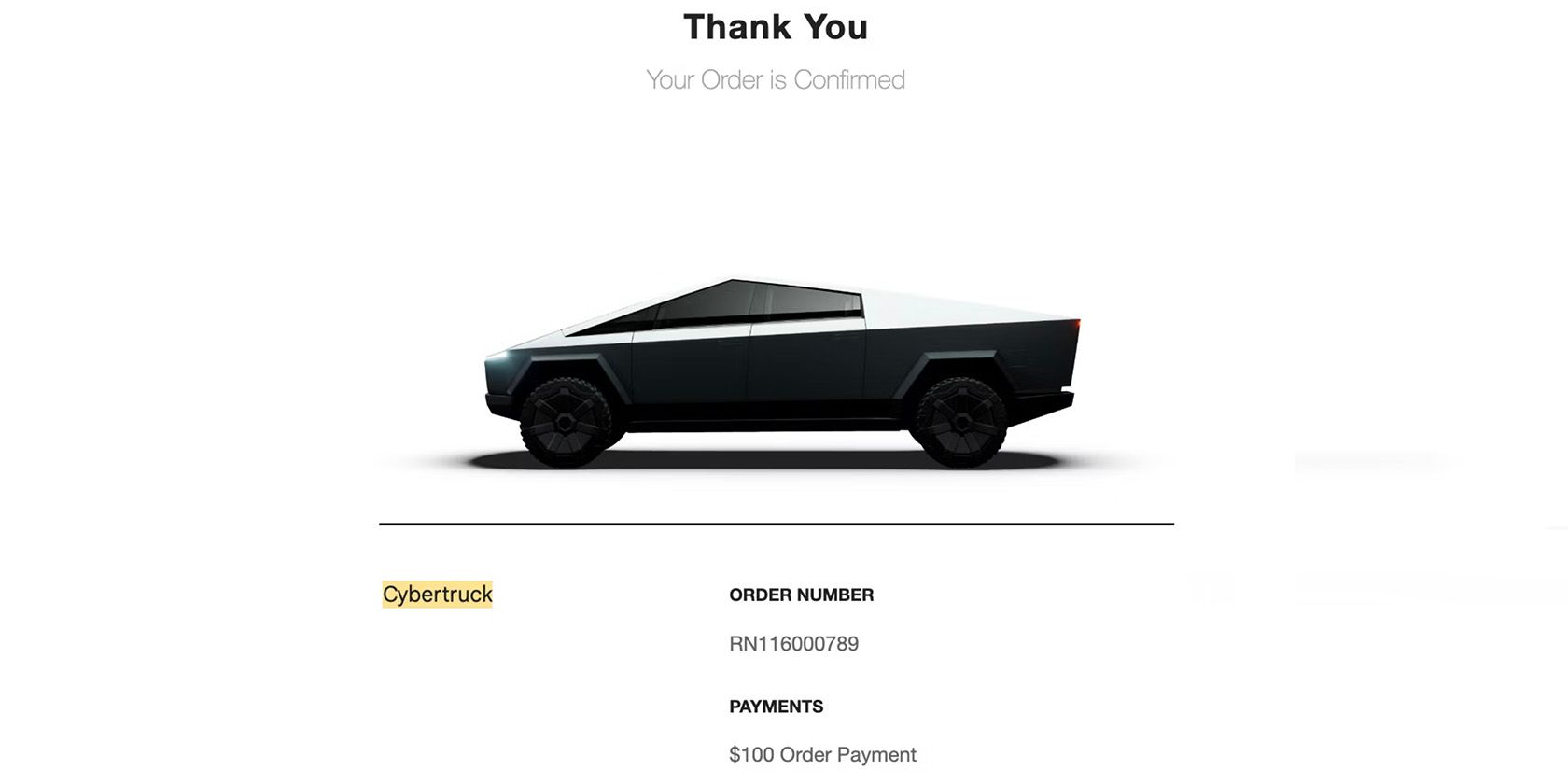





Leave a Comment
Your email address will not be published. Required fields are marked *